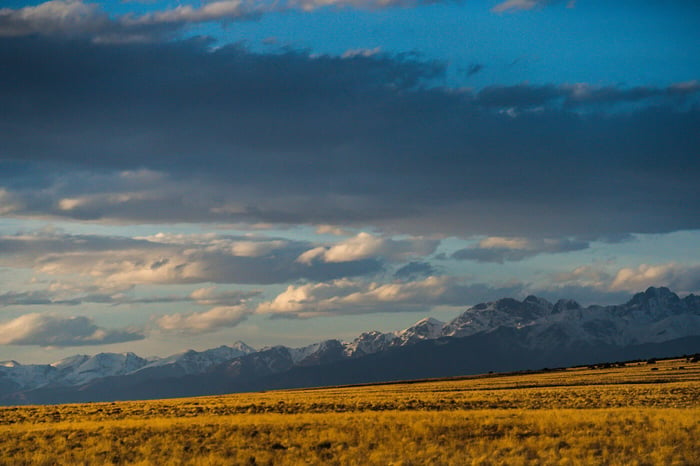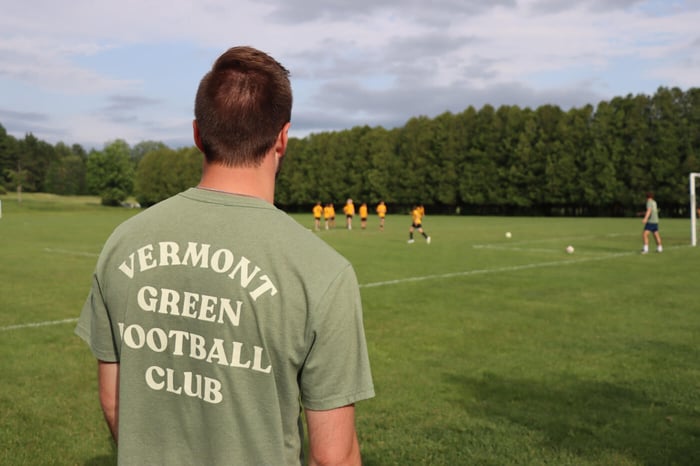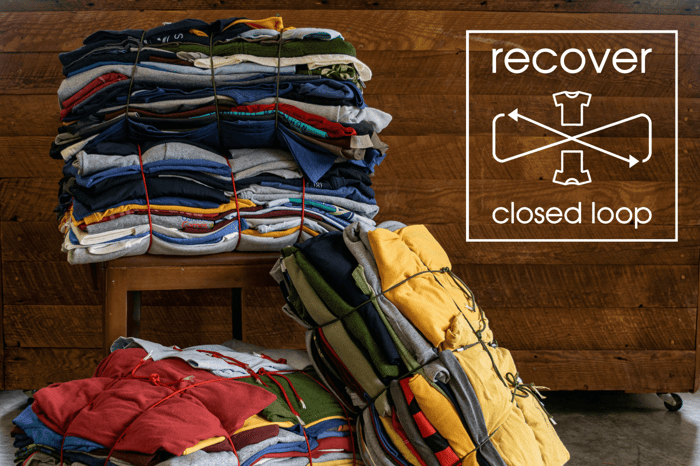There are over 400 national parks throughout the United States which preserve 85 million acres of some of the world's most treasured landscapes, ecosystems, and historical sites right here at home. Our national parks provide crucial habitat for animal and plant species, significant carbon sinks in the context of climate change, and a place for anyone to connect to exploration, adventure, and sublime beauty.
Today, national parks serve as a key means of biodiversity protection. Biodiversity is a primary indicator for healthy ecosystems, providing all of us with cleaner air, cleaner water, and living feedback systems that support both human and environmental health. These places can make us feel wonderfully small, and they simultaneously support local tourism communities and provide unique learning centers for elementary to graduate level students and visitors alike.

In some ways, the history of the national parks began with the recognition of what the country was losing through rapid westward expansion, conquest, and development. Local Native American communities and the environment were being demolished in the 1800s. Quintessential species such as the American bison, boasting a population of over 60 million in the late 18th century, were killed off to just 541 known animals in 1889.
The abrupt environmental changes of the 19th century sparked inspiration for protecting public lands. In 1864, President Abraham Lincoln signed the Yosemite Land Act, which would guard and protect the lush northern California landscape that would later become Yosemite National Park. In 1872, President Ulysses S. Grant created the first national park in the world, Yellowstone, which is now an essential home for the re-emergence of a wild buffalo population amongst other unique species and ecosystems.

Adventures to National Parks throughout the U.S. are a unique opportunity and privilege- such extensive public lands to hike, bike, run, and play in are unparalleled. And yet, in recent years, national parks and public lands have seen record numbers of travelers and experienced related negative impacts, such as wildlife disruption, vegetation destruction, and an unmanageable increase in sewage and trash.
It is up to all of us to leave these places better than we found them- packing in what we pack out, picking up any trash we see, leaving wildlife to be wild, keeping down noise pollution, and following posted guidelines to reduce human impact, especially in high use areas. Check out these Leave No Trace in the Places You Love Sustainability Tips, and consider how to be as low impact and no impact as possible in these fragile parks. Getting involved in stewardship and protection of the places we love is also worth diving into, which starts with finding those doing good work in your local area and jumping in or leading the charge yourself! At Recover, we partner, directly donate, and volunteer with Catawba, Watauga, Green, and French Broad Riverkeepers, organizations that work to keep water that flows through public lands, private lands, and our communities safe to drink, swim, and recreate in.

Check out our Protect Our Parks collection for your summer adventures, and support our public lands with every purchase. Join us to Protect Our Parks.






